Office Owners Elevate Their Amenity Game
Just as corporations are competing in the war for talent, office owners are striving to attract top-quality tenants by bringing hospitality-like amenities and services to their buildings.
By Samantha Goldberg
Amenities have been critical to the hospitality sector for decades, with hotel owners often having only one night to impress their guests and maintain a good reputation. But as technology has advanced to offer consumers constant connectivity and mobility, the office sector has had to boost its offerings, as well, to compete with today’s seemingly endless alternatives of where and how to work. With the distinction between home and work blurring, motivated employees expect their workplaces to offer more choices, and employers are looking for their office spaces to provide the amenities and services needed to attract top talent.
“The office owner traditionally had one product—the termed lease—that was commonly for 10 years. Tenants sought efficiency in its corporate statement, so service was never a focus,” observed Equity Office President & CEO Lisa Picard. As technological innovations continue to shorten business cycles, and the meaning of work-life balance changes drastically, the flex office product, popularized by WeWork, “is satisfying the market with an office product, granting work space that is flexible and has a dose of fun.“ Picard added, “The office worker needs something more than just some place to show up at 8 a.m. and leave at 5 p.m.”
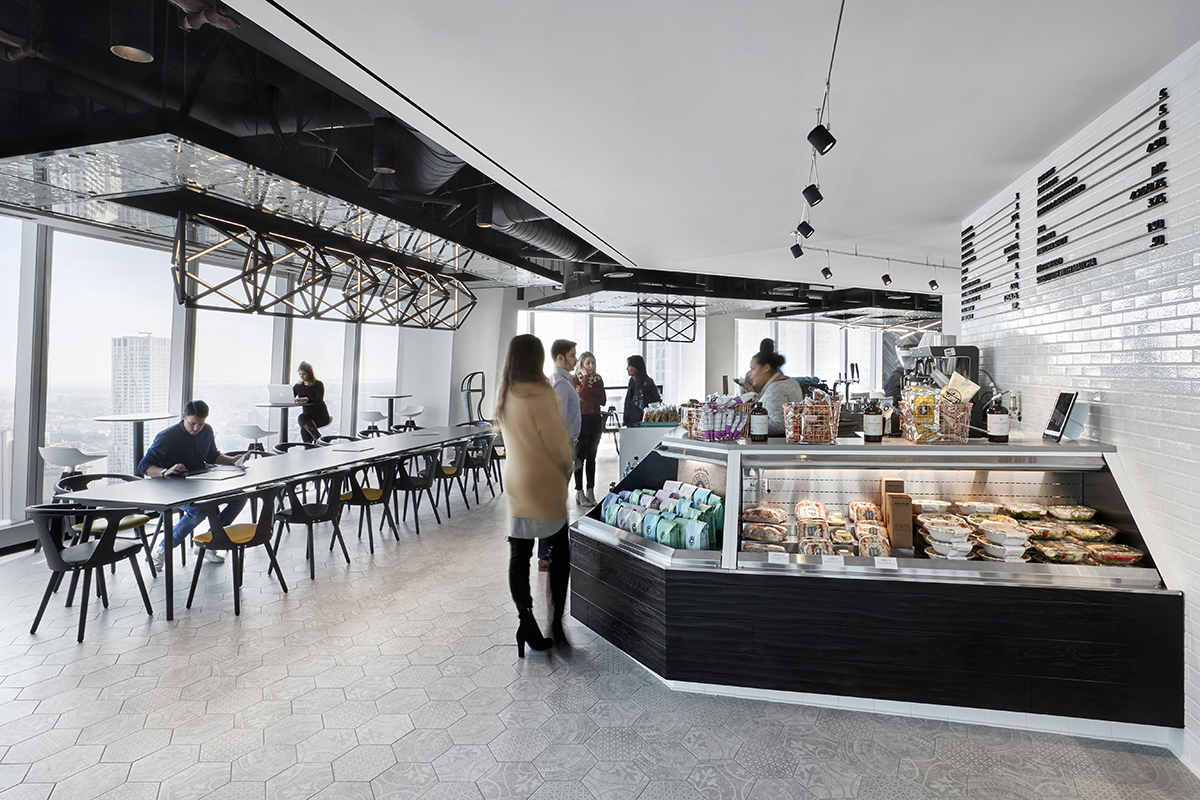
Convene partnered with The Durst Org. in 2017 to provide 55,000 square feet of amenity space for tenants of One World Trade Center in Manhattan, including a micro-brew coffee shop, grab-and-go cafe, work lounges, flexible meeting space, game rooms, as well as community and wellness programming.
Shifting attitudes toward work have driven the popularity of these lifestyle components. By creating environments that reduce the contrast between home and work, organizations can attract the most passionate employees to an environment where people want to do their best work. Picard commented that engaging amenities and services can keep employees in the building longer, providing the dual benefit of slow-releasing commuting traffic during peak hours and giving those working longer hours a place to take a break.
Arms Race
Google and Apple largely initiated the concept of creating offices with hotel-like amenities and services as ammunition in the war for talent, noted Bernice Boucher, managing director of JLL’s consulting group & senior leader of the firm’s workplace strategy practice. Now, office owners themselves are following suit.
Today, office assets built in the 1970s and 1980s are being repositioned to feel “less corporate,” Picard noted. More owners are trading grand, marble-floor lobbies for more inviting entries that offer grab-and-go cafes and coffee bars. They’re also incorporating in-demand amenities like outdoor areas and rooftop decks, as well as more sophisticated fitness centers and conference centers.
“If you have a commodity asset that feels corporate, it’s almost like the kiss of death,” Picard observed. “It says to the people of the organization that they’re less cared for.”
Low unemployment and a shortage of skilled labor have intensified competition for top talent, so providing high-quality amenities and services is a necessity. “If (office owners) don’t have these amenities and services, they’re really not as relevant,” Boucher asserted. “Tenants look at different buildings, and as soon as one building starts to offer these options, then everyone else needs to follow.”
And while some owners may be concerned about the cost of investing in hotel-like amenities and services, the returns make the investment worthwhile, she added. By her estimate, more innovative and new features often allow owners to push rents up about 15 percent. Elevated offerings can also attract a high-quality tenant to lease space, frequently leading to accelerated lease-up and rent increases of 10 to 20 percent on subsequent deals, she added.
“(Owners) need to think about what they can do to attract a tenant that’s going to make a splash and validate that space. … It can be a magnet for other tenants,” she said.
This strategy has been successful for Equity Office, which is in the midst of a $500 million redevelopment of Willis Tower, the 110-story Chicago landmark formerly known as Sears Tower. Highlights include 300,000 square feet of experiential retail and entertainment space and 150,000 square feet of tenant-exclusive amenity space.
While the renovation isn’t scheduled for completion until 2019, the firm has already inked more than 1 million square feet in leases over the past year. Just a few weeks after Equity Office unveiled renovation plans in February 2017, the tower landed the Chicago operations of the National Restaurant Association for a full-floor lease. Other big names have signed on, including Morgan Stanley, which will occupy 125,000 square feet on four floors.
But implementing hospitality-like amenities and services is not just about attracting tenants; it’s also about retaining them, especially in today’s market, where office leases are getting shorter and traditional owners are facing competition from co-working providers.
Quality, Not Quantity
Some owners that are hesitant about deploying the capital needed to build out or operate amenity space are turning to third-party services. “We create a hybrid between a managed offering and a leased service that sways between tenant-exclusive and open to the public,” explained Convene President & Co-Founder Chris Kelly. His company partners with owners to bring in hotel-like amenities and services and manage them on the owner’s behalf. In exchange, owners often permit Convene to rent out their meeting and event space to outside customers.
The most common hospitality-inspired amenities that Convene’s clients request include flexible meeting and lounge spaces, fitness centers with programming, pantry services and catering, as well as coffee shops and grab-and-go restaurants. Many Convene owners have bought into the company’s business model by rolling out Convene’s services across their portfolios, according to Kelly.
Just as customers develop an allegiance to a hotel brand because of its services and offerings, tenants can form loyalty to office owners—and they often will pay a premium for a workplace that offers this unique and tangible value, Kelly explained.
According to Kelly, this value trickles down to the talent hunt, particularly as more firms define themselves as technology companies and compete for the same employees as Silicon Valley titans. He recalled speaking to a major financial services company that said it lost more candidates to Google than to any other company, despite offering higher salaries.
This is because “the definition of compensation is changing,” Kelly explained. “Quality of life at work is a meaningful element of compensation that is changing people’s decision about where they want to work. … People are working all the time now, and the counterbalance for that 24/7 live-work integration is that people expect their quality of life at work to be addressed.”
Picard agreed that traditional owners are realizing the benefits of investing in amenities and services because “replacing a worker or finding talent is far more expensive than paying a premium in real estate.” And if the amenities are proven to help those organizations attract and retain talent, then owners are willing to pay premiums, Picard added.
As more owners get on board, advancements in technology will allow them to expand their offerings even further. JLL has seen a desire among owners and tenants for their buildings to be “really activated with the Internet of Things,” Boucher said. Several of JLL’s clients use an app that shows where building amenities are located, allows users to order coffee or lunch, makes reservations for specific spaces and more.
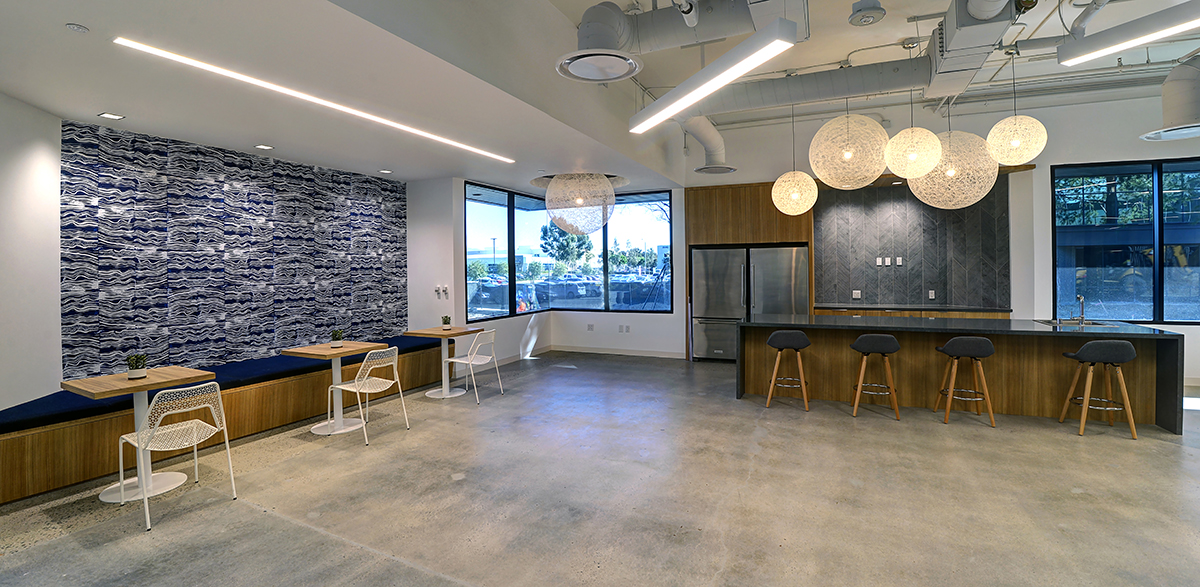
Equity Office’s Von Karman Creative Campus will be a 24-acre workplace community in Orange County, Calif., with a variety of hotel-like amenities and services, including free group fitness class, on-site concierge, cafes, Wi-Fi enabled outdoor spaces and shuttle pick up.
“The same way tenants want to understand utilization of their space, building owners want to understand the utilization of their amenities and services,” Boucher added. “The same way people are activating their homes with digital assistants, building owners can create a higher level of experience using technology.”
While Kelly acknowledged that it will take some time for owners and landlords to fully grasp the benefits of designing their buildings with hotel-like amenities and services, he reports that he’s already starting to see a change.
“We’re going to see a maturation of the industry,” he said. “Right now, flexible services and amenities are largely being applied to buildings as an afterthought. … But developers are now thinking about creating layers of flexible space and on-demand services in the infrastructure of their new developments as a forethought, where the dominant design of an office building will start to change and look more like a full-service hotel, where the entire base of the building is essentially amenities and the value of the offices on top of it are determined by the level of service.”
Images courtesy of Equity Office and Convene
You’ll find more on this topic in the June 2018 issue of CPE.

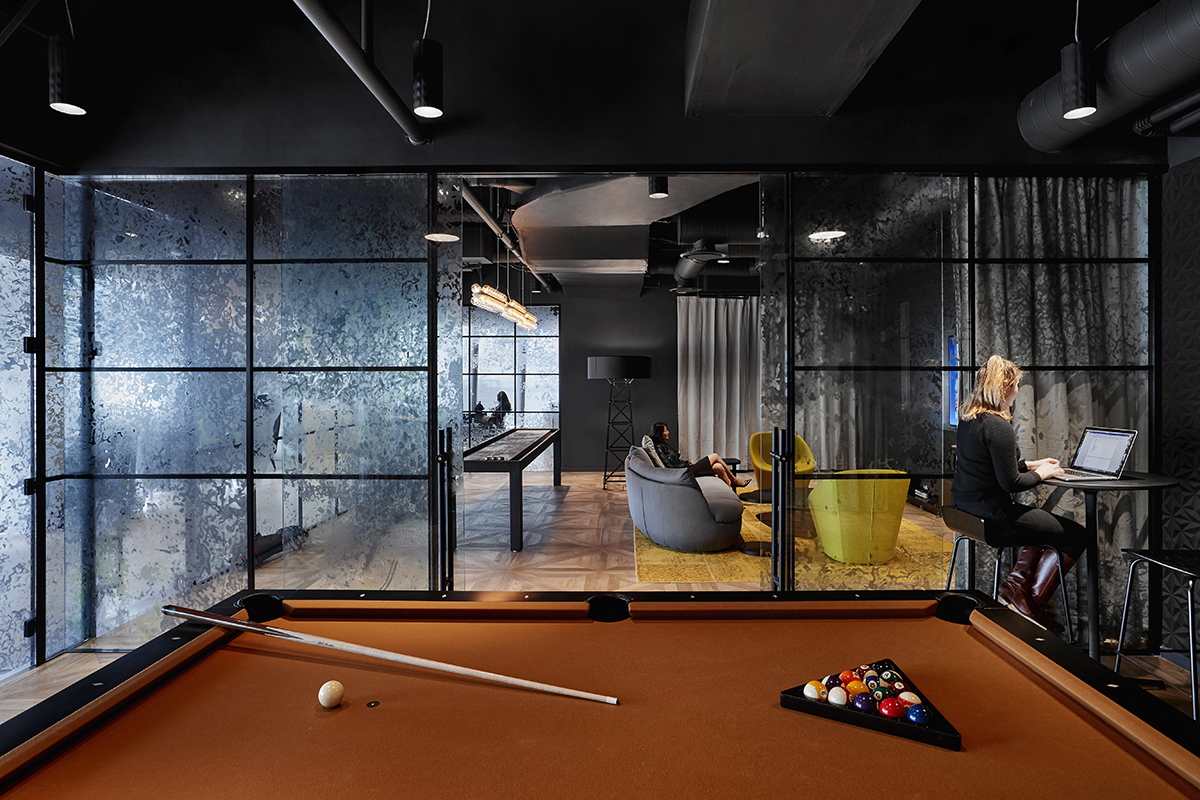
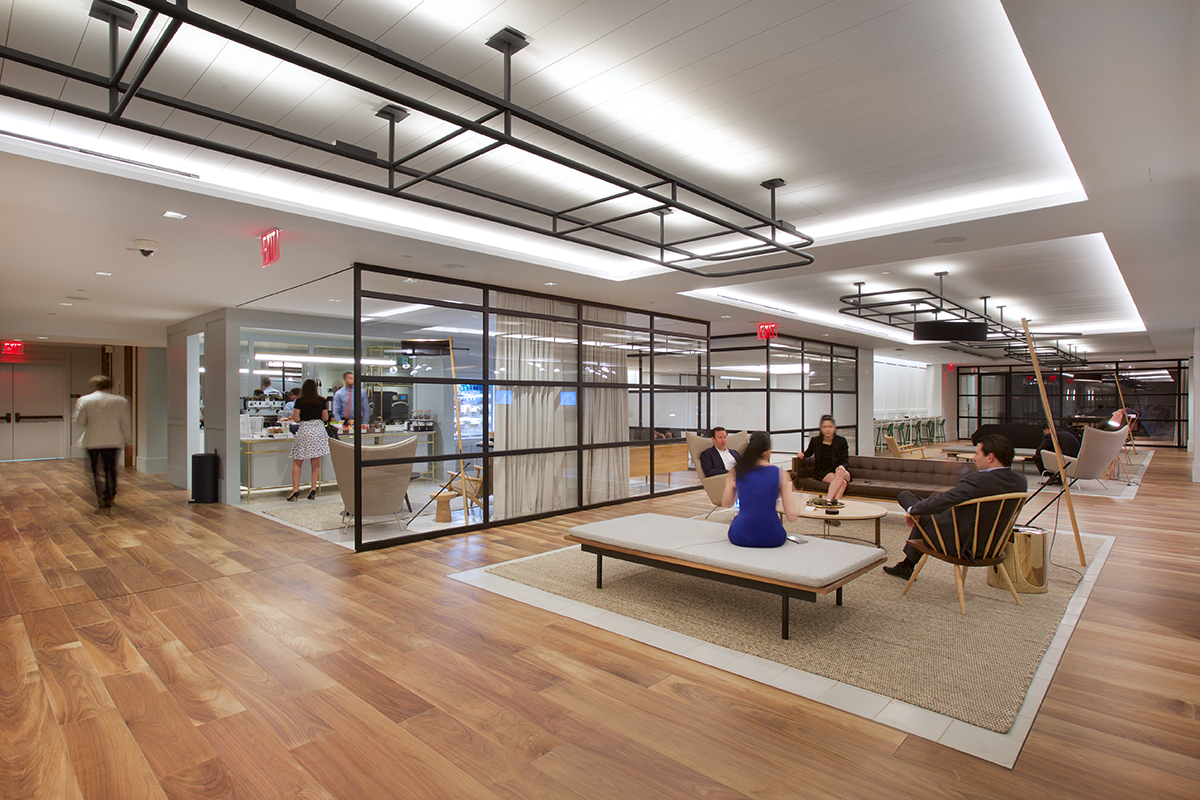
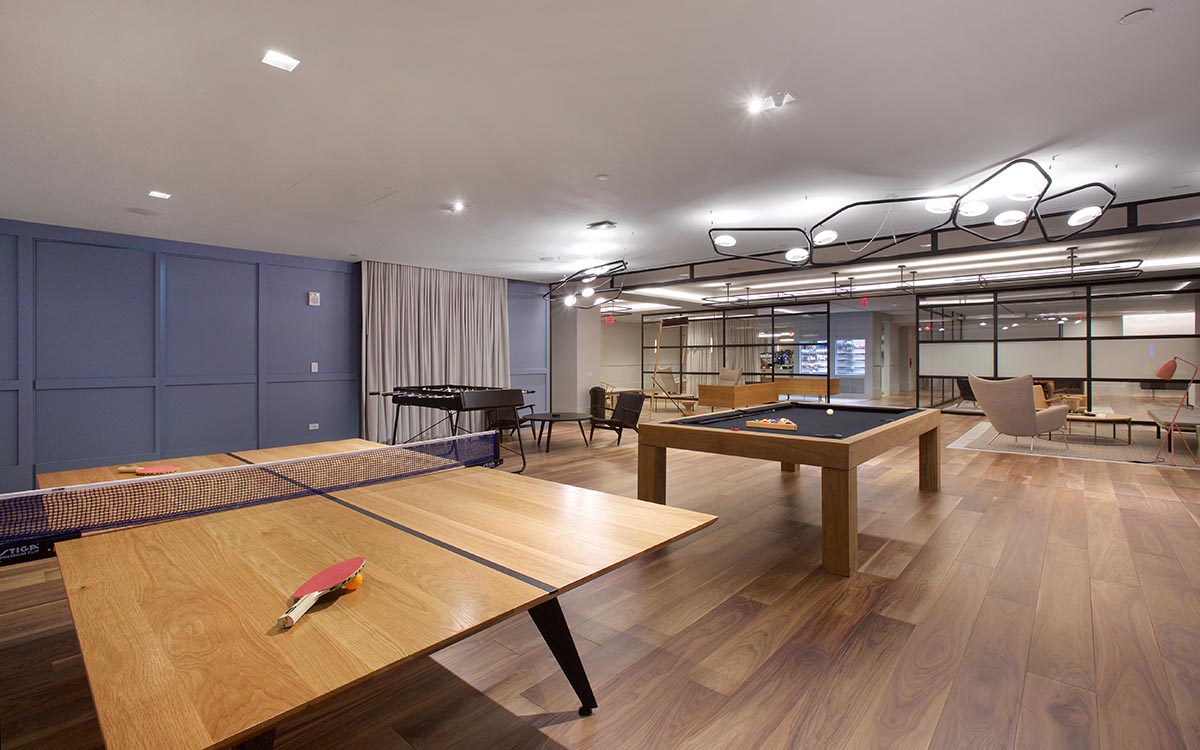






You must be logged in to post a comment.